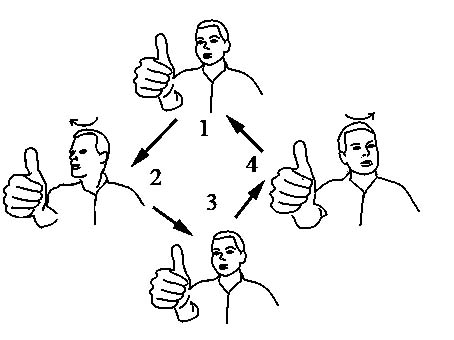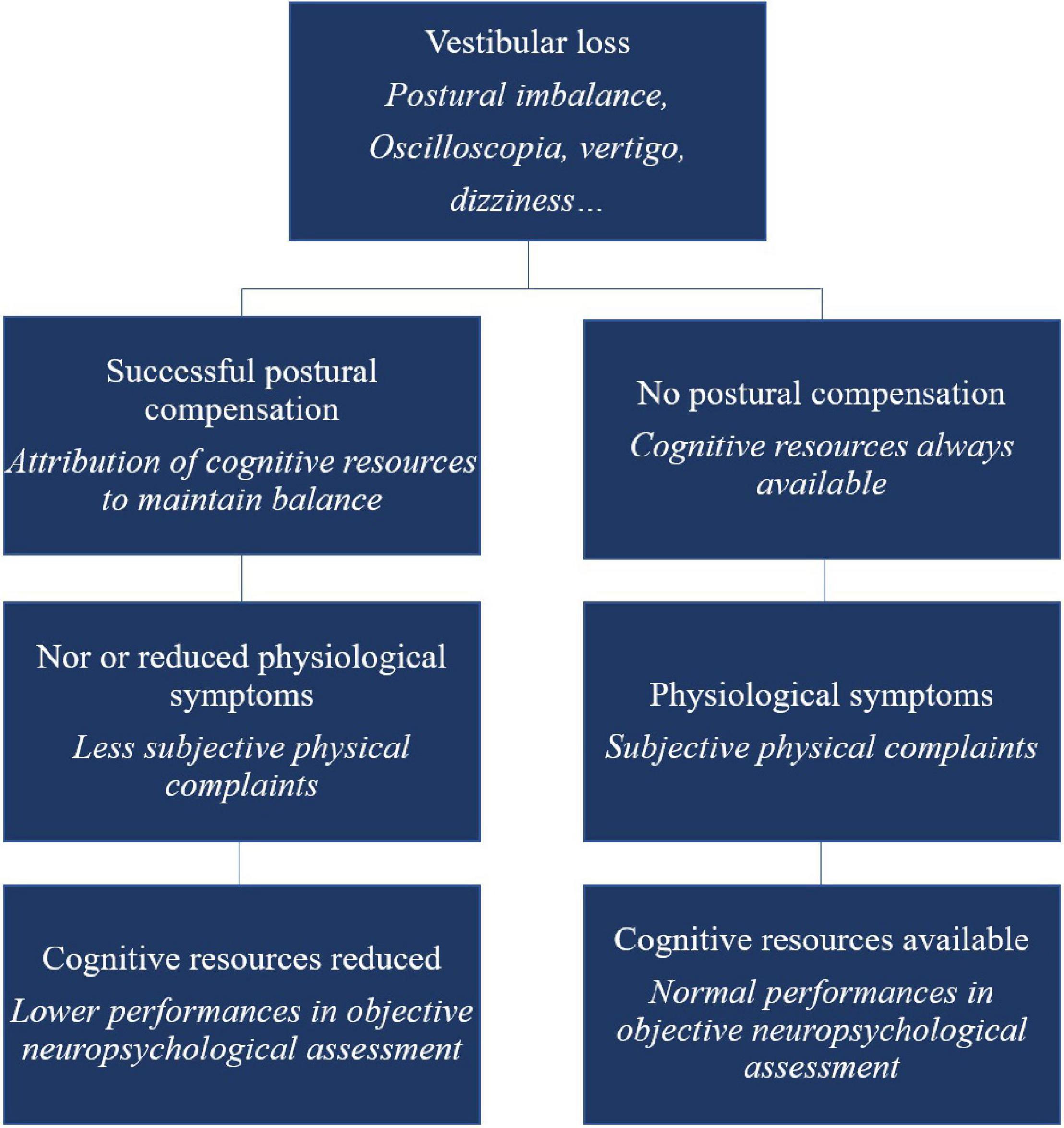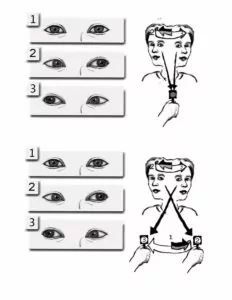vestibular habituation exercises pdf
122019 AAHC VertigoVestibular Vestibular Rehabilitation Exercises Level 1 page 2. Individuals with movement-related dizziness are asked to perform vestibular habituation exercises designed to repeat.

Sensors Free Full Text Vestaid A Tablet Based Technology For Objective Exercise Monitoring In Vestibular Rehabilitation Html
With a team of extremely dedicated and quality lecturers vestibular habituation exercises pdf will not only be a place to share knowledge but also to help students get inspired to explore and discover many creative ideas from.
. For the deficient vestibular system. If there is no dizziness lie on your side for 30 seconds. An important part of VRT is establishing an exercise.
The purpose of this graduated set of simple habituation exercises is to reduce dizziness and restore your ability to balance. Main exercise categories types Exercise modifiers Frequency. Slowlyquickly move head rightleft with eyes openclosed.
Vestibular Rehabilitation Brandt-Daroff Habituation Exercise 1. For example acute vestibular migraine or Ménières disease because the brain cannot adjust to the fluctuating nature of these disorders. Lean over and try to touch your nose to your right knee.
VRT facilitates vestibular recovery mechanisms. Decreasing or eliminating dizzinessvertigo. It is an exercise-based program primarily designed to reduce vertigo and dizziness gaze instability andor imbalance and.
L Exercises should be performed 3 times a day. Dizziness Handicap Inventory DHI to measure the symptom impact motion sensitivity. Stay on the Left side until your dizziness goes away PLUS 30 seconds.
There are typically four different exercise types that can be done. Stay on the Leftside until your dizziness goes away PLUS 30 seconds. Sit on your couch or bed.
Allow about 20 minutes for each session and allow time for a rest afterwards. VSR Substitution exercises Exercises developed to promote alternative strategies eg. Vestibular rehabilitation therapy VRT is an exercise-based treatment program designed to promote vestibular adaptation and substitution.
If there is no dizziness lie on your side for 30 seconds. Head exercises Gaze stabilization Target must remain in focus not blurry and appear stationary while head is in motion Perform exercise with little head movement 45º to either side of. Gaze Stability exercises Goal is to improve vision during head movement Can also reduce dizziness and improve unsteadiness.
Length of time or number of repetitions. There are three clear indications for vestibular. Level 1 Eye movements head kept still a Look up then down.
Around when you exercise. Improving balance function and safety. Vestibular habituation exercises and activities to improve balance.
Do the exercises one two or three times a day. Do not rush the exercises. The three principle methods of exercise can be prescribed include habituation gaze stabilization andor balance training.
Habituation Exercises Exercises or movements that systematically expose the. Vestibular Rehabilitation Exercises Level 2. Habituation exercises work by gradually training.
Quickly lie down onto your Leftside. Reducing falls or risks for falls. Turn your head about half way 45 degrees to the Right.
Seven participants with unilateral vestibular hypofunction have completed a 6-week exercise intervention after randomize assignment to either habituation H exercises or gaze-stability GS adaptation exercises. L All exercises should be performed slowly to begin with and gradually progress to faster movements. Sit in a firm chair and place your feet on the floor.
Up to 24 cash back what is vestibular rehabilitation. Vestibular habituation exercises pdf provides a comprehensive and comprehensive pathway for students to see progress after the end of each module. Exercises l Make sure that you are in a safe environment before you start any of the exercises to reduce the risk of injury.
Habituation exercises as shown in Figure 2 reduce the hallucination of motion or movement as well as extinguishing the sensation of after-motion. The exercises can be done at home. Turn your head about half way 45 degrees to the Right.
Exercise Program HEP Framework of vestibular exercises Consisted of. If your vestibular system inner ear balance system is not working properly you will feel dizzy and off balance. Vestibular Rehabilitation Page 4 Habituation exercises 1.
While some vestibular deficits are permanent VRT can help you feel and function much better. Sit on your couch or bed. Number of times per day Duration Time.
Do one group of exercises at a time starting with the first set. Increased reliance on visual and somatosensory cues to substitute for impaired or lost vestibular function to improve postural and gait stability. Cawthorne-Cooksey Exercises SUPPORTING INSPIRING AND EDUCATING THOSE AFFECTED BY BALANCE AND DIZZINESS DISORDERS Updated June 2018.
Brandt-Daroff Vestibular Exercises The Brandt-Daroff Exercises are a home method of treating BPPV usually used when the side of BPPV is unclear. Vestibular Rehabilitation Brandt-Daroff Habituation Exercise. Do not perform the exercises more strenuously or vigorously than you.
VOR Dysfunction Direction of gaze will shift with the head movement Cause degradation of the visual image In severe cases visual world will move with each head movement vertigo Vertigo An asymmetrical firing of the two vestibular systems Gives an illusion of spinning movementGives an illusion of spinning movement Indicative of any one or combination of. Improving visual motor control and tolerance of motion. Quickly lie down onto your Left side.
Problems caused by vestibular disorders. The goals of VRT are 1 to enhance gaze stability 2 to enhance postural stability 3 to improve vertigo and 4 to improve activities of daily living. Return to upright sitting.
How to use vestibular rehabilitation therapy to treat vestibular patients and demonstrates why this method of diagnosis based strategies has proved so successful. In each set. Do sessions per day.
Individuals do head movements while maintaining focus on an ob-Habituation exercises. Successful treatment of dizziness must address the specific movements andor positions that increase dizziness or vertigo. This too is based on.
Let symptoms subside plus seconds with each repetition. These exercises also may take longer than the other maneuvers -- the response rate at one week is only about 25. Vestibular rehabilitation exercises A fact sheet for patients and carers Vestibular compensation Vestibular compensation is a process that allows the brain to regain balance control and minimise dizziness symptoms when there is damage to or an imbalance between the right and left vestibular organs balance organs in the inner ear.
The following measures were taken pre-treatment and post-treatment. Perform the standing exercises with no shoes on or with flat-heeled shoes. Wait for dizzinessspinning to return to normal.
Progress to 30 repetitions. Sit in a firm chair and place your feet on the floor. Repeat times per session.
These exercises are performed in three sets per day for two weeks. Habituation exercise guidelines Perform multiple times daily 2 or 3 sessions. The type of exercise that is performed depends on the problems.
Position tilt head down 30º. A movementexercise approach with the goals of. Habituation exercise is to reduce the dizziness through repeated exposure to specific movements or visual stimuli that provoke patients dizziness.

Effectiveness Of The Epley Maneuver Versus Cawthorne Cooksey Vestibular Exercises In The Treatment Of Posterior Semicircular Canal Benign Paroxysmal Positional Vertigo Bppv A Randomized Controlled Trial Journal Of Bodywork And Movement Therapies

Neurotology Definitions And Evidence Based Therapies Results Of The I Brazilian Forum Of Neurotology Brazilian Journal Of Otorhinolaryngology

Vor Exercise Gaze Stabilisation Exercises Ear Balance And Eustachian Tube

Pdf Vestibular Rehabilitation Therapy Review Of Indications Mechanisms And Key Exercises

Pdf Advances In The Treatment Of Vestibular Disorders Semantic Scholar

Rehabilitation Of Balance Control With The Rotatory Chair Protocol Depends On Rehabilitation Onset And Postural Task Difficulty In Unilateral Vestibular Hypofunction Patients

Rehabilitation Exercises Rehabilitation Exercise Images

Frontiers The Cognitive Vestibular Compensation Hypothesis How Cognitive Impairments Might Be The Cost Of Coping With Compensation Human Neuroscience

Pdf Diagnosis And Management Of Benign Paroxysmal Positional Vertigo Bppv

Pdf Vestibular Compensation And Vestibular Rehabilitation Current Concepts And New Trends

Gaze Stabilisation Exercises In Vestibular Rehabilitation Review Of The Evidence And Recent Clinical Advances Semantic Scholar

Effects Of Hydrotherapy In Balance And Prevention Of Falls Among Elderly Men And Women Kathy H Exercicios Natacao Fisioterapia

Vestibular Rehabilitation Therapy Vrt Veda

Vestibular Adaptation Exercises And Recovery Acute Stage After Acoustic Neuroma Resection Sciencedirect